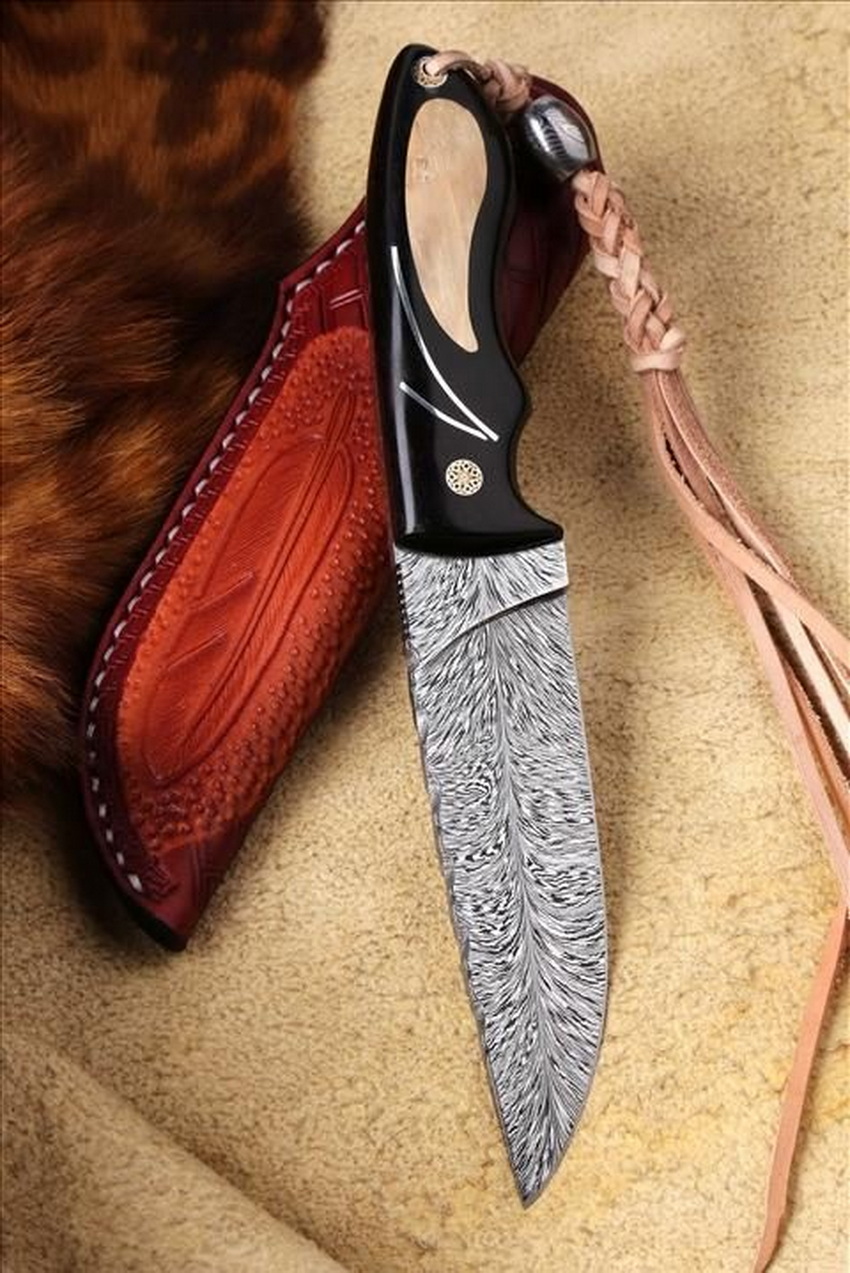![]() Windy
Windy
 WeChat
WeChat
 WhatsApp
WhatsApp
Click:343 seen
The Damascus knife is a knife made of Uzi ingot with a cast pattern on the surface. In 1191, King Saladin of the Ayyub Dynasty, an Islamic
kingdom that ruled Egypt, Syria, and Yemen in the 12th and 13th centuries, cut off the veil. As a weapon of India, Iran, Persia and other
countries. The biggest feature of the Damascus knife is that the blade is covered with various patterns, such as clouds like water, wonderful
abnormal.
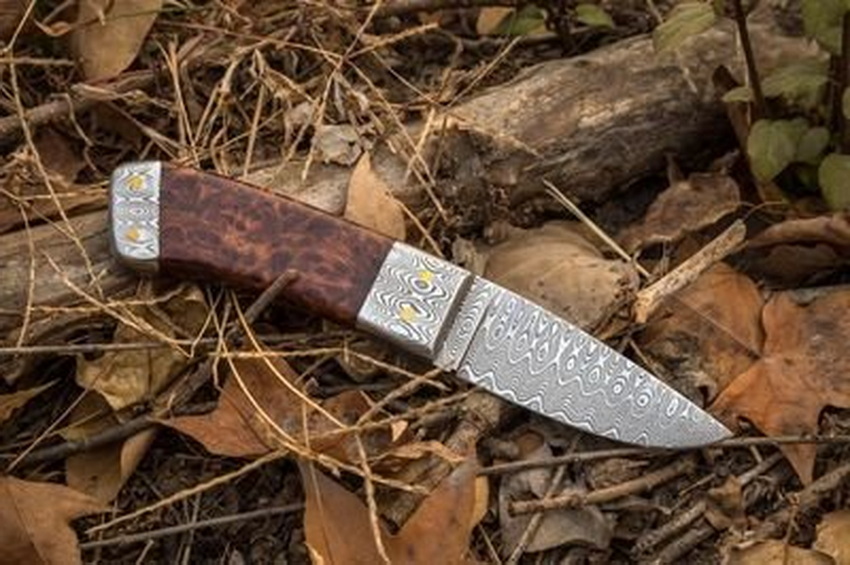
Among the many traditional Syrian handicrafts, the Damascus sword is one of the oldest and most well-known. In the daily life of Syrians,
the Damascus knife has become a symbol of etiquette.
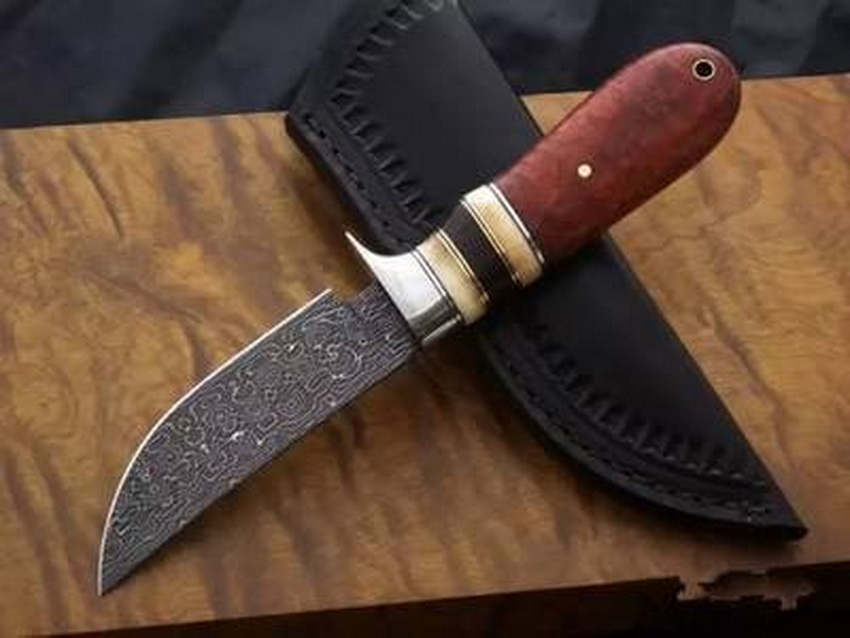
When the Syrian government meets foreign leaders or dignitaries, it often presents the Damascus knife to foreign friends as a unique
national gift of Syria. At local National Day receptions or birthday parties in Syria, whenever a large cake is to be cut, the waiter of the
restaurant will take out a beautifully decorated Damascus knife and give it to the host to cut the cake to show grand.
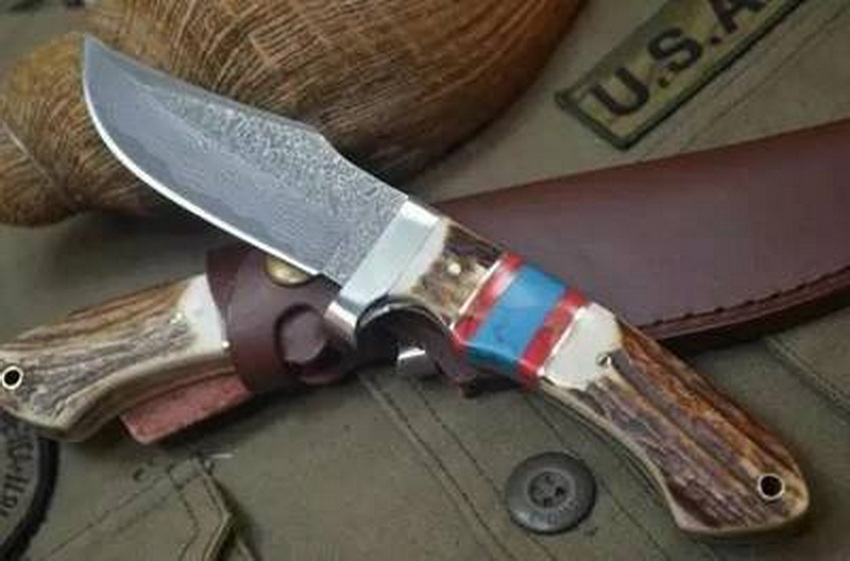
During the great festival, the Syrian people will use the Damascus knife to cut meat and beef. Damascus knife or people camping,
adventure, tourism must be used outside the knife. In addition, in many restaurants, shops, bars and other places in the Syrian capital
Damascus, the shadow of the Damascus knife can often be seen. In the city of Damascus, there is also a large antique and folk goods
market, foreign tourists to travel to Syria will go there to exchange the specialty Damascus knife.
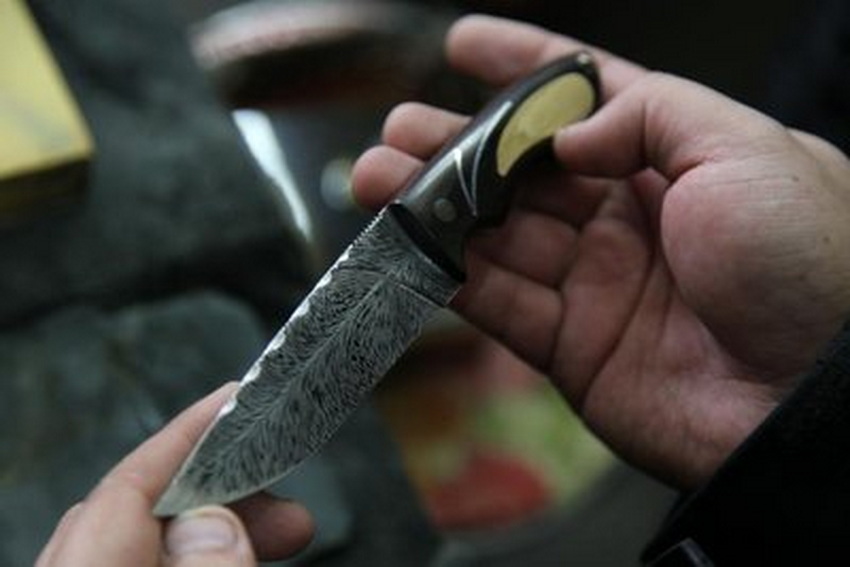
The Damascus sword is famous all over the world for its sharp, strong character. The reason why it is so sharp is mainly because its forging
method is different. There is also a special pattern on the surface of the Damascus steel knife when it is cast - the Muhammad pattern,
which is not only visually shocking the enemy, but more importantly, it can make the blade form a serrated on the micro level (can not be
distinguished by the naked eye), making the sword sharper.
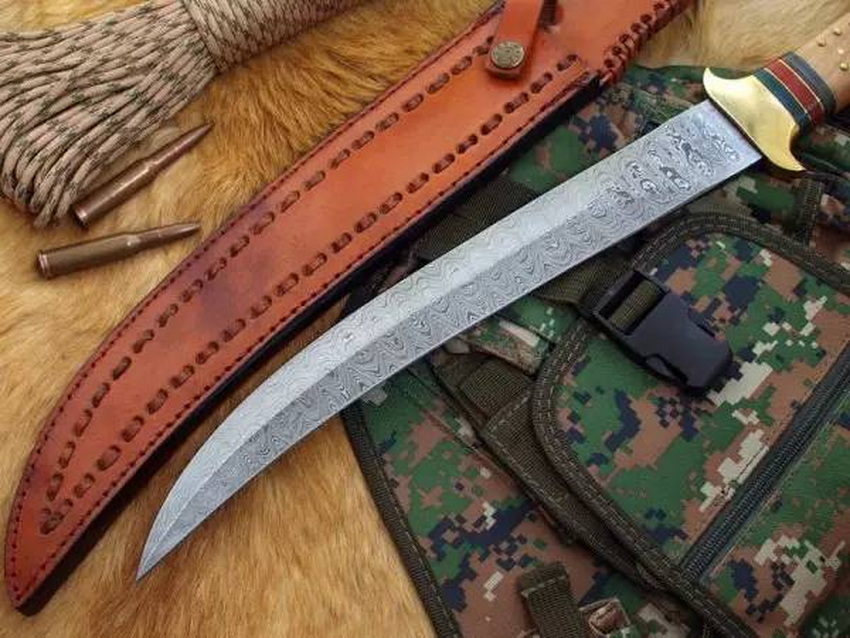
Damascus's own value made it an object of plunder during the Crusades. In 1798, Napoleon's expedition to Egypt, and the Turkish, Arab,
Egyptian allied cavalry met, a gun battle to repel them. Napoleon had always been known for his strict control of the army, but this time he
was unable to control the situation, because the French soldiers found the dead enemy with gold and silver encrusted machetes, fighting to
seize the scene. Napoleon himself could not help but be curious and chose a good one to bring back, which is still displayed in the Museum
of Oriental Weapons in Paris.
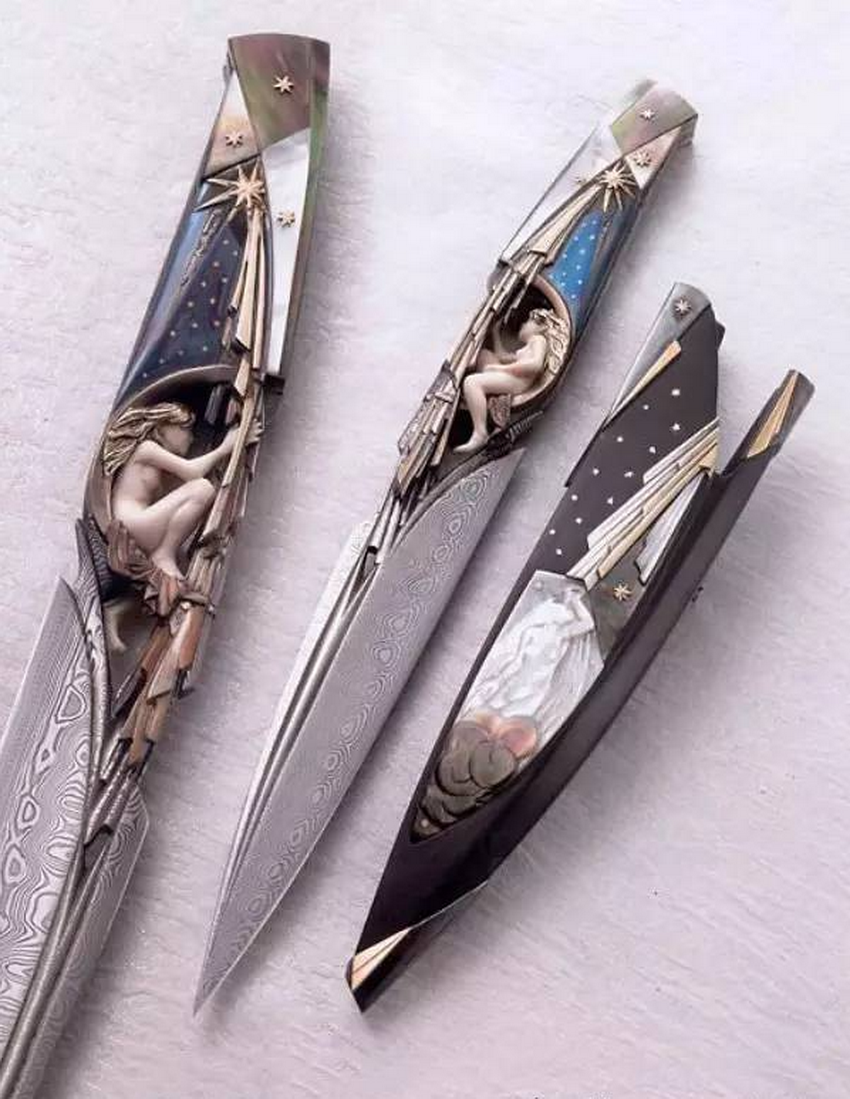
The Damascus scimitar is not only sharp, but also world-class in decoration. The aristocratic knives used a large number of jade and other
gemstone inlay, ordinary knives also used enamel, gold and silver silk and other processes. The good Damascus blade is hand-carved,
studded with gold and precious stones, and the Indian knife is also decorated with enamel technology, which is really perfect and exquisite.
Damascus knives vary in length, depending on the size of the user, and can cost anywhere from hundreds of dollars to thousands of dollars.
In addition, it is completely artificial, which makes the Damascus knife not only exquisite and unique, but also embodies the spirit of people.
For a long time, the unique smelting technology of the Damascus knife was unknown to outsiders. It is precisely because of these reasons
that the Damascus knife has gradually become a highly valuable artifact in the world, which can be called the top of the knife collection.
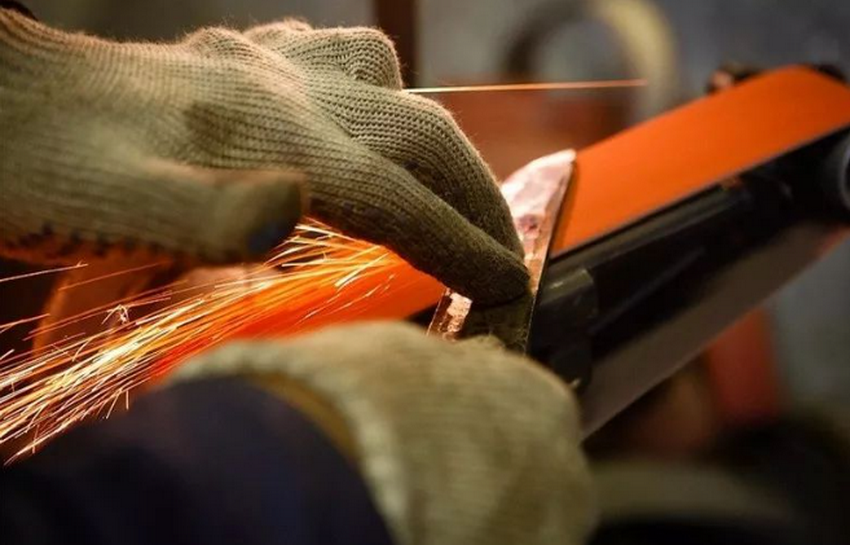
Attacked by war, the world's famous sword is about to be lost!
Although the modern Damascus knife has the same pattern, the performance and value are several orders of magnitude different from the
ancient casting Uzi steel Damascus knife, and the real Damascus has become a legend.
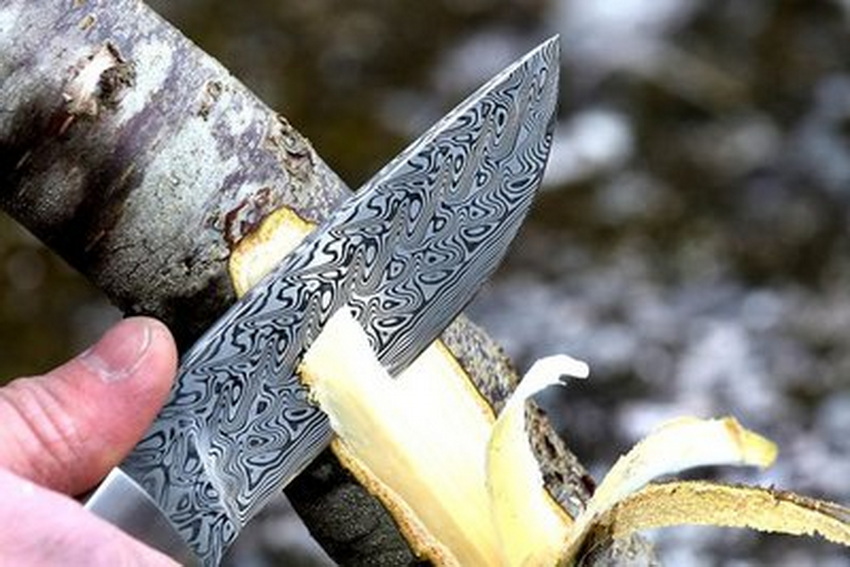
At present, the number of manual workshops that use the ancient method to forge and make Damascus knives is gradually decreasing.
This legendary handicraft, which embodies the feelings of the craftsmen, is not only amazing, but also faces the crisis of losing. Many
traditional sword makers in Syria have been displaced by the war, and only a few are still holding on to their jobs today.
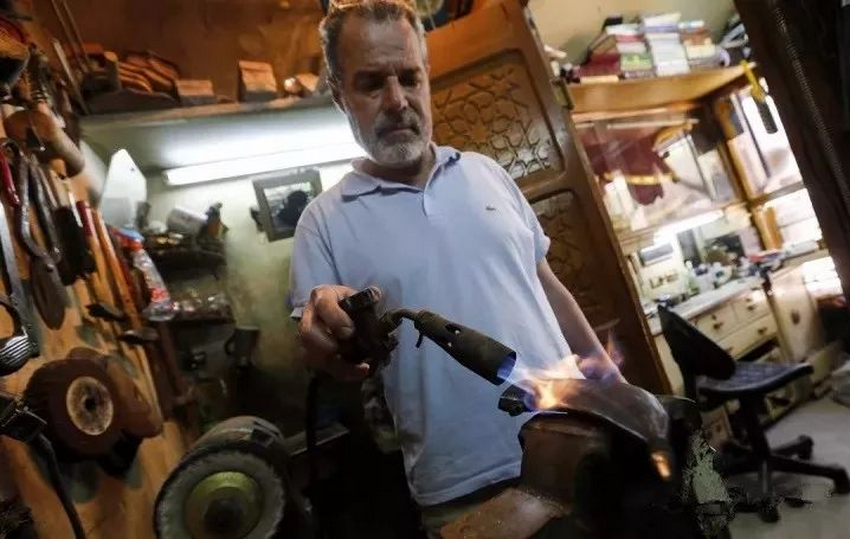
Fayed said: "Customers love to own a Damascus knife because they are very special Damascus handicrafts. They're like a part of this
country, like this country's heritage. And now it's just the three of us. Customers think they may not be able to find us in the future."
In addition to the sharp decline in the number of artisans, the Damascus sword also lost its original market in the war. And these are all due
to the repeated attacks of war in Syria!
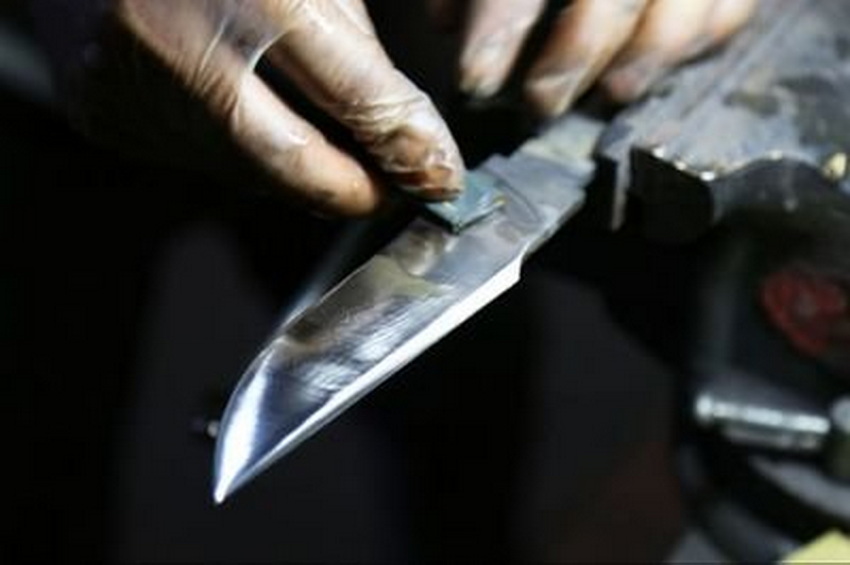
It is understood that more than 90% of Damascus knives in Syria were exported to the world as handicrafts, but with the outbreak of war,
Syria's borders have been closed. At the same time, there is no longer an endless stream of tourists in Syria, and the economic situation in
Syria is very bad, and few people can afford this exquisite but expensive handicraft.
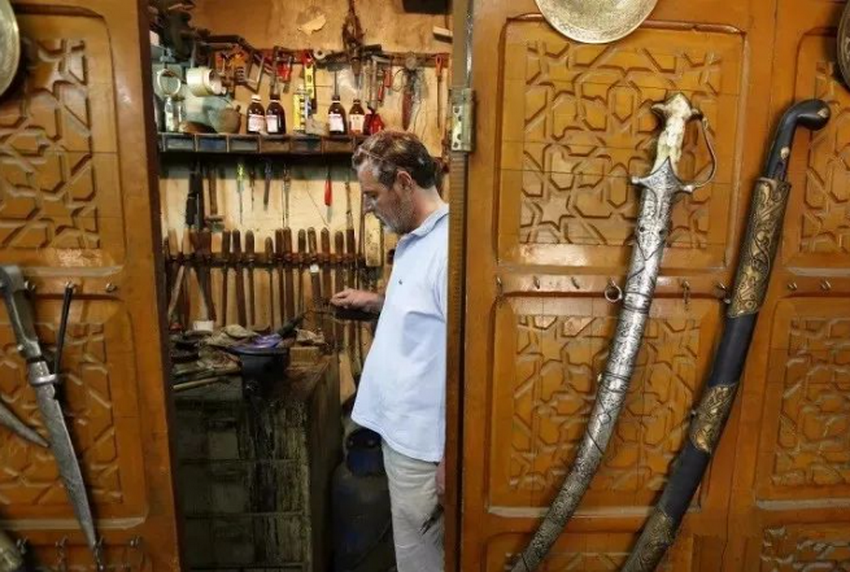
Crafts shop owner Bassam said: "These knives are very noble objects, only those who have a very rich life need it. But we don't have
people like that anymore, and even those who think they have money are not doing so well. So I'm worried that this kind of art will slowly
disappear."
